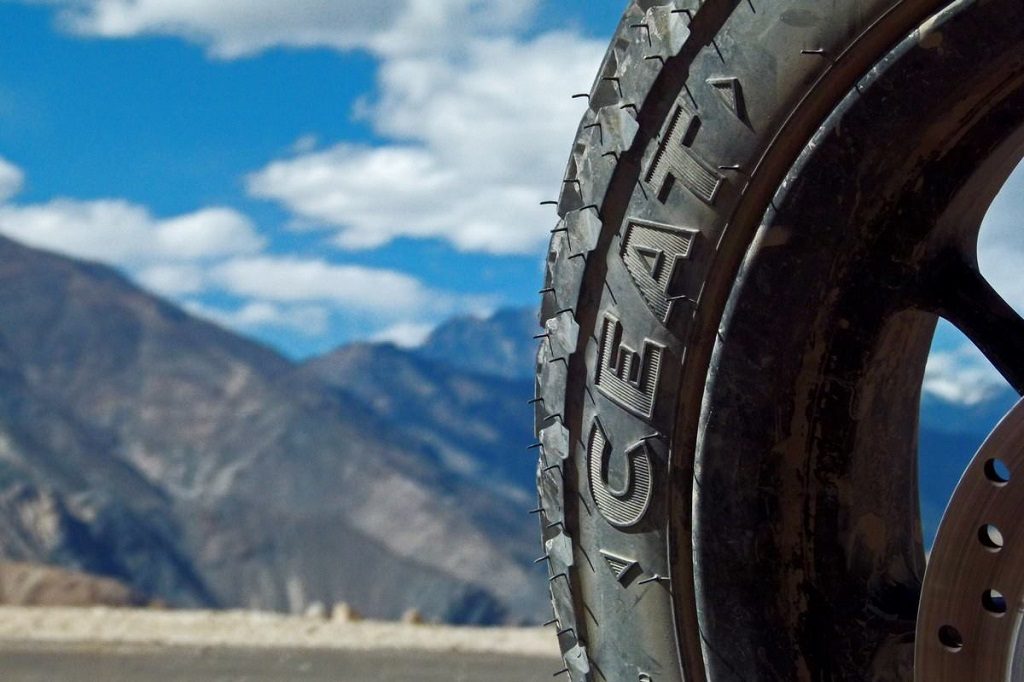Tyre Maintenance Guide
Bike tyre size- All you need to know

Motorcycle manufacturers zero-in on a tyre size after taking a host of factors in to consideration. These range from handling, ride quality, terrain that the bike will be best used on and other characteristics. All this is decided after much diligence and a series of rigorous tests and checks.
If you are not using the right sized tyre for your motorbike, then you are most likely to alter the handling, comfort and braking characteristics. A flat tyre every now and then would become norm of the day. Also, your bike’s wheel might get damaged eventually, not to mention, you’ll put your life at a terrible risk.
Sizing the motorcycle tyre – The determining factors
There are certain factors that distinguish one tyre size from the other. While there are many, here are some of the more important ones to help you understand tyre sizes better:
- The width: It usually represents the nominal width of the tyre. It is measured from the farthest point on one sidewall of the tyre to the other. This determines the balance of the bike and the amount of comfort that you will get from riding it.
- Aspect ratio: The cross-sectional profile of a tyre is represented by the aspect ratio. If the tyre has a smaller number on it then it has a lower profile than that of the others. The height-to-width ratio of the tyres is usually represented as a percentage. Tyres with low aspect ratio usually offer better traction, but at the cost of ride comfort.
- Speed rating: This is the criterion that determines up to how much speed the tyre can be used safely. The inflation pressure and the maximum load are taken into consideration while making the rating. One can easily find out the maximum load and the inflation pressure of a tyre by checking the sidewall of the tyre. It is denoted by a letter and can be found right next to the width-height ratio. For example, a Z-rated tyre doesn’t have a maximum speed. This rating is given to the tyres that can provide optimum performance for speeds over 149mph.
- Rim diameter: It is basically the diameter of the rim on which the tyre shall be mounted. It plays a crucial role in determining the size of that particular tyre.
Should upsizing be considered ?
As mentioned before, two-wheeler manufacturers select tyre size for their product after a series of stringent tests and evaluate it over several benchmarks. Hence, it is always recommend to prefer using tyres in the size that is recommended by the manufacturers. This way,you get optimum ride comfort and handling.
You could take the liberty of installing tyres that better suit your usage,but wheel and tyre size must not be tempered with. So, while upsizing could be a fun concept in cars, it is an extremely risky and unpredictable move in case of bikes.


